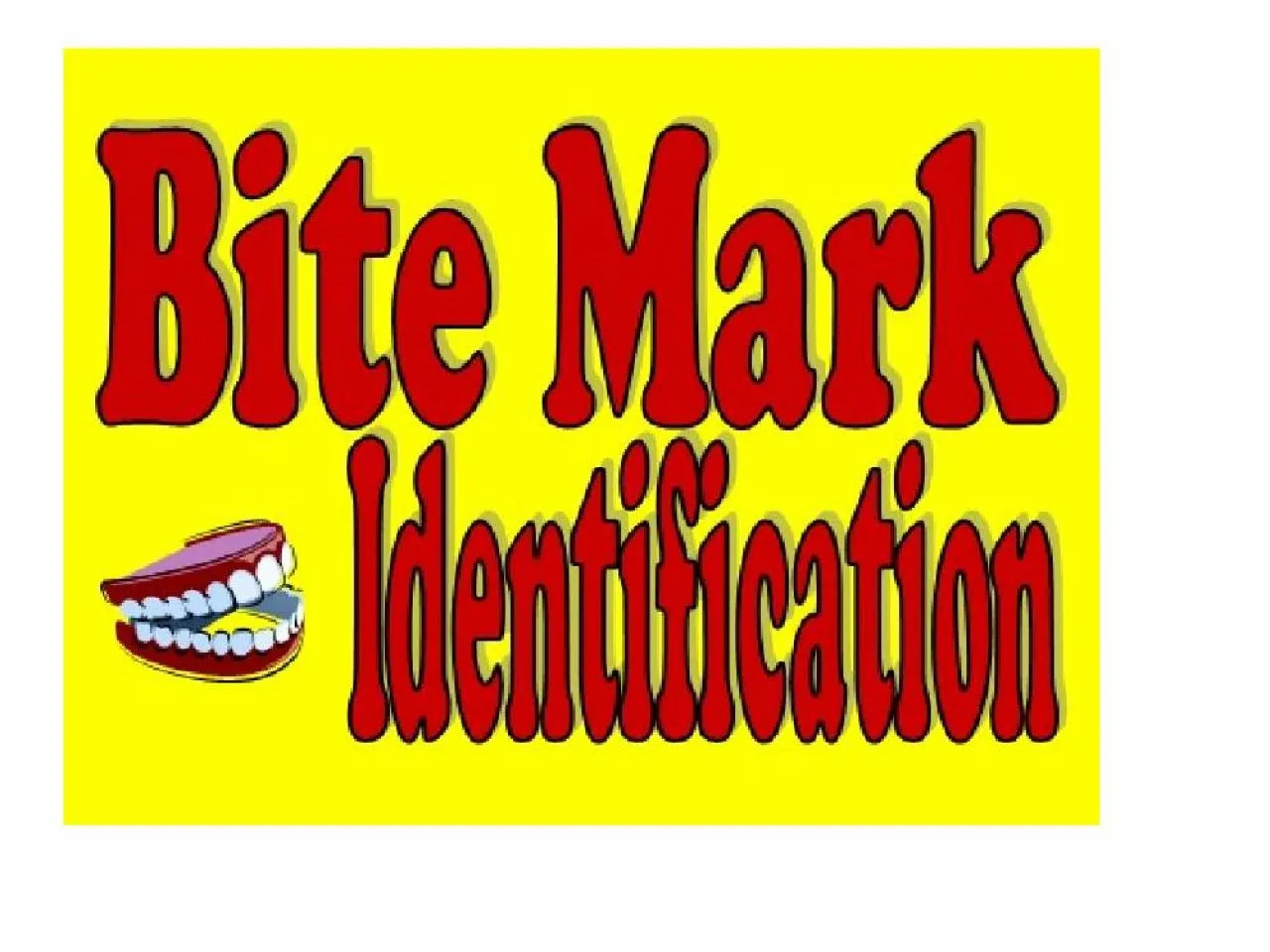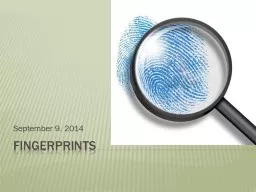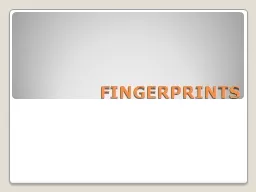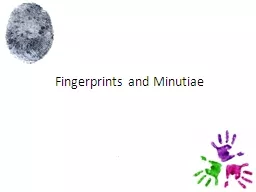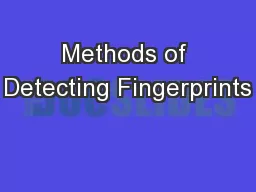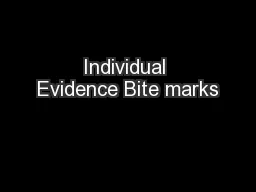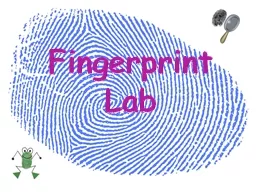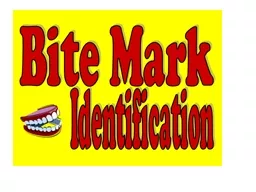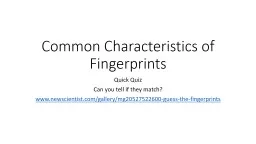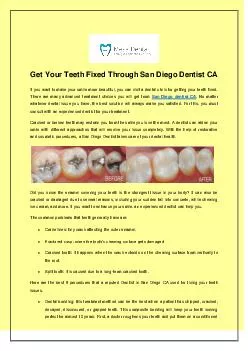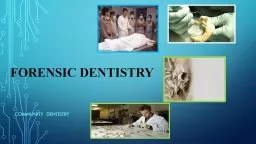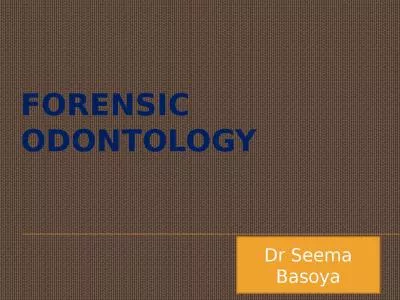PPT-Bite marks, like fingerprints, are unique and a forensic dentist will be able to make
Author : eloise | Published Date : 2022-02-15
Forensic dentists use several different terms to describe the type of bite mark Abrasion a scrape on the skin Artifact when a piece of the body such as an ear
Presentation Embed Code
Download Presentation
Download Presentation The PPT/PDF document "Bite marks, like fingerprints, are uniqu..." is the property of its rightful owner. Permission is granted to download and print the materials on this website for personal, non-commercial use only, and to display it on your personal computer provided you do not modify the materials and that you retain all copyright notices contained in the materials. By downloading content from our website, you accept the terms of this agreement.
Bite marks, like fingerprints, are unique and a forensic dentist will be able to make: Transcript
Download Rules Of Document
"Bite marks, like fingerprints, are unique and a forensic dentist will be able to make"The content belongs to its owner. You may download and print it for personal use, without modification, and keep all copyright notices. By downloading, you agree to these terms.
Related Documents

